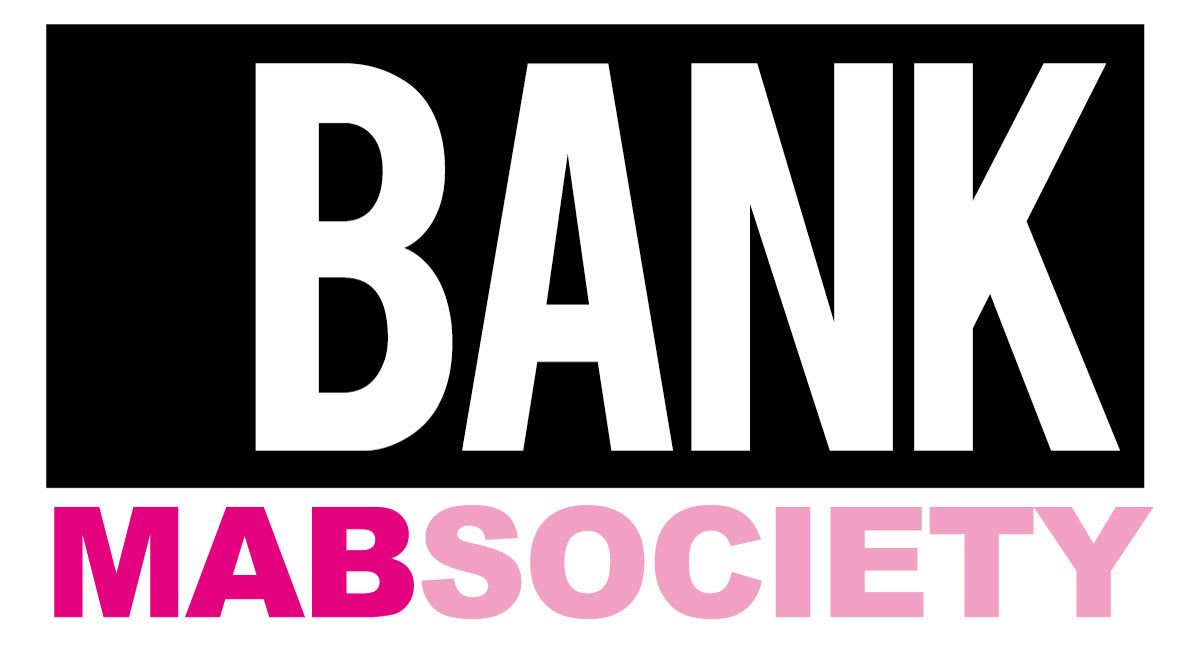亚洲艺术的新战场是心理战,忧郁是它的武器 —— BANK “存毁之维”展评
文/Serena Hanzhi Wang
2025年8月12日
策展人为何要策划一场十四人联展?是自我膨胀?资源过剩?或许仅仅是想对所有人说"好"的难得机会。但坦白说:规模本身就是策略。由邓清源策划的“存毁之维”选址在一家真实的前银行建筑内,与BANK画廊名称完美呼应的建筑宣言。这场展览的规模绝非只为壮观,而是因其确有内容可展示。或者说,确有资本可彰显。
将艺术说得如此商业化,我表示歉意,但规模从来不是中立的。在传统藏家退场、年轻藏家更痴迷Hedi Slimane的迪奥男装而非绘画的艺术经济中,这场十五人的庞大展览自有其逻辑。它试图增殖可能性,分散风险,既宣告"看我们有多少"也暗示"看我们拥有多少"。它挑战我们在此刻对艺术的理解——如果艺术还有意义的话。
当下什么最火?亚洲年轻艺术家在创作什么?在曼哈顿下城展示这些作品意味着什么?从这个角度看,展览不像群展而更像战报,作为一份对平行艺术世界的脉搏检测。这不是主题展,而是情绪展板。
然而一切都如此精美。“存毁之维”中的每件作品都执行完美、剪辑紧凑、视觉诱人。没有笨拙或半成品感。即使最碎片化或模糊的作品也模糊得优雅。材料丰富,灯光精准,开幕人群证实了这就是人们想看的。但这一定是好事吗?
在精致与风险之间,在市场胃口与更混乱的历史诉求之间,人性的张力显现。参展艺术家中,有些人的父母辈创作过更具勇气的作品。想想谢德庆,他曾每小时打卡一次持续整年,用肉身诠释时间的耗损与负重。八九十年代的亚洲及离散艺术家们,在真实的政治危险中创作,在酒店房间里即兴,用唾液、血液和行为作为抗议。他们从不问作品是否太怪或难卖,只问是否紧迫。
相较之下,历史重量是否仍需历史风险?忧郁能否成为激进力量,抑或已被美学化为安全反思?这些问题作为“存毁之维”的核心,回荡并穿透展墙。
Cato Ouyang轻声表态一句"或许非此"。三件易被忽视的小型作品:《背景故事》《队列习作》与《无题》,尺度谦逊但材料厚重:染色纺织品、纸浆、布面油画,全部采用近似肤色的哑光色调。它们像失传身体仪式的考古碎片——虔诚而无教条,残缺却刻意。其尺度要求你俯身,臣服于它们的沉默。
展厅中央,阿德里安娜·弗隆(Adriana Furlong)的答案则不同。《等尘埃落定,我将与你相伴》(2024)是一件网格状混凝土浮雕,既像化石又像数字产物,如同千年迟到的情感残渣终于刻入石头。重量在这里幸存,它已比危险更持久。
戴安·塞弗林·阮(Diane Severin Nguyen )的《战争成为记忆的时代》(2018)以剥开的荔枝为核心,周围精巧布置着剪下的脚趾甲。图像充斥着诱人的电影光效与近乎商业广告的光泽,直到暴力感渗入。果实饱满明亮,却读解为受伤的、情色化的身体。没有士兵或战场,只有诡异的静默与(或许是)习惯的碎片,暗示被时间抽象的暴力。仿佛创伤已转化为谜般的画面,一个公开的秘密,等待熟悉热带密码的人。
Ren Light Pan以不显学究的方式串联东西艺术史脉络,她在展览中多次现身,不仅因其作品畅销或身份背景。历经七年沉寂(2012年电影学院抑郁,2016年变性,停画至2022年复出),她以墨为慰藉与结构重获得关注。作品在辨识与擦除间闪烁,像半记忆的、轻微错误的存在。《水中猫》让幽灵面容漂浮雾中,对称得令人不安;《斜卧裸体》挑逗身体后又化为烟雾、红晕与灰烬。情色又非情色。若重量取决于清晰度,她的作品默示这是你的误判。
徐丝易在物质世界停留。《克莱因之声》是塌陷的雕塑形态,坑洼、多孔、蜂巢般的精微与不安。现场观看如同深入地堡。上方悬挂五件凿刻碎片,粗粝轮廓与沉积重量将墙面拽入另一时间性。非面具而似废墟,作品像从早于语言的仪式中发掘。Ren Light Pan的表面颤动着无常,徐丝易的石头则沉入静止,在边缘闪烁的展厅里提供坚固的反脉搏。
楼上,陆浩明(Andrew Luk)为质量镀金。《颅液》将圣人、靶心、轨道图封入漆胶层,再刮擦表面,测试图像崩塌前的承受力。这不是断裂的风险,而是维护的风险。保存即编辑。编辑或许是另一种危险?
詹友恒(Leon Zhan)的两幅油画将逻辑进一步放缓。一幅是冬日枯林;另一幅聚集褐色木料堆。它们非寓言而是状态,时间中的停顿显露,质问当风景画承载浪漫主义、民族主义与环境焦虑的沉积时,观看意味着什么。詹既不重演也不剥离这些历史,任其在背景低鸣,让观者判断2025年画树是保存、复兴还是沉默抗议。
李文嘉(Amiko Li)将耐心驯化为家居:星光点缀的蓝色走廊,翻到一半的书,蜷在"安保"帽下的身体。这些微小瞬间无关紧要得几乎从指缝溜走,却在画面定格中顽强停留。
其他作品延续明晰与晦涩的互动。贾斯汀·纽伯格(Justine Neuberger)的《神圣漂移》(2025)以既视感开场。赤脚卷裤的独身者瘫在前景,似刚滑入(或滑出)梦境。他们身后浮现异次元幽灵女团,六个戴面具的魅影,闪眸、棉花糖假发与模糊到几乎溃散的脸。是在欢迎你?附身你?或只是享受自己的时间线?
"存留?"我不擅保存。总留一条后路,以防万一。
"毁灭?"我变柔软了。年纪越大,越不信焚毁这套。
或许两者的引擎都是“爱”:因渴求意义而保存或终结的强迫。弗洛伊德会归为内向的力比多;自毁,《搏击俱乐部》台词回响:"我们的大战是心灵之战。我们的大萧条是我们的生活。"我们都继承父母传下的情感手册——残缺污损——再用成年时光批注。于是训练神经系统去解构,追逐那近乎非逃离的生存回路,在拒绝闭环的世界寻找闭合。
那么,艺术的历史重量需要历史风险吗?非旧日意义。战场已然转移,从身体与街道到注意力、可读性、自我监视。这里的作品以其他方式承载重量:留下需你自负风险去亲跨的沟壑,密封又刮擦表面直至关怀自成考古,将时间踱步得如此耐心,让戏剧性在持久力前显得浅薄。父母辈有可见危险;我们的危险则在内里。不同竞技场,同等重力。
重量,因此不是风险的高潮,而是让事物在警报停止后仍被携带的结构。这正是展览“存毁之维”示范的:非待愈合的伤口,而是与之共处的方式。我想起约瑟夫·博伊斯,或许他预见了这一切。他用半虚构的战时救援构建整个职业生涯,以毛毡与脂肪包裹自己,将创伤转化为神话。

